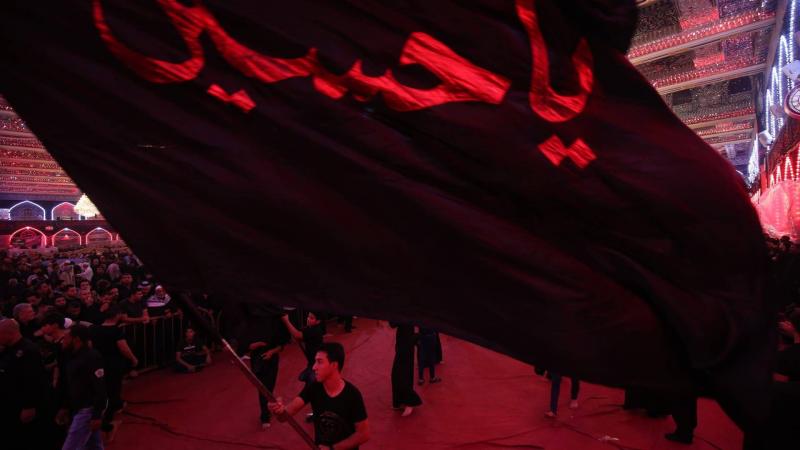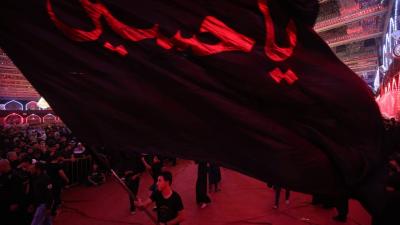Iranian media discussed with great interest the reason for the difference in the date of Ashura between Iraq and Iran this year, questioning why it is not unified on a single day, considering it one of the most important events in the history of the Shia sect. A member of the moon sighting office in the office of the Supreme Leader, Mr. Ali Khamenei, stated that using optical instruments yields more accurate results than the naked eye.
One member of the moon sighting authority in Iran explained that the point of disagreement in the moon sighting occurs when some religious authorities believe in sighting the moon with the naked eye, while others use equipment to observe the moon and do not believe in differences in the days of the month. This happened this year concerning Ashura.
According to the Iranian Student News Agency, Mr. Mohsen Ghazi Mir Said, a researcher in lunar sightings and a member of the Supreme Leader's office, stated that the New Moon of Muharram was visible with instruments across the entire region of Iran. He noted that even if one were in the best mountainous areas away from pollution and dust, it would be impossible to see the moon with the naked eye. In this case, he said that the ruling is that if the moon can be seen with the equipment, the beginning of the month should be declared.
He continued that in Iraq, the sighting of the moon was better in the western parts of the country, where the moon could indeed be seen with the naked eye, while the eastern part, including Baghdad, Mosul, and Kirkuk—areas closer to Iran—could not see the moon without tools.
Mir Said pointed out that Iraqi Shia usually follow the fatwa of His Eminence Ayatollah Sistani and believe in unaided eyes, thus, since the moon was not visible with the naked eye, the month of Dhul-Hijjah was declared to last 30 days in Iraq.
He considered that the solar calendar is one of the most accurate calendars in the world and noted that regarding the solar calendar, there is a highly reliable historical record that includes all phenomena like the vernal equinox, the summer solstice, and the autumnal and winter solstices.
However, he emphasized that the ongoing disagreement is typically about the alignment of lunar months, which requires the sighting of the New Moon of Muharram. In other parts of the Islamic world, such as Algeria and Morocco, this moon was easily visible to the naked eye.
He explained that the area of disagreement in moon sighting increases when several religious authorities believe in sighting the moon with the naked eye and assume that there is a difference in the days of the month. For example, he said, "Imagine we are reading a book, and because our eyesight is poor, we need to wear glasses. Why do we wear glasses? So we can read the text in the book better. The writing of the book remains fixed for all of us, but one person with glasses and another without can read it."
Mir Said clarified that now, aside from the issue of Ashura, it becomes more complicated in cases like Ramadan. In the distant past, in Saudi Arabia during Eid al-Fitr, a solar eclipse occurred once, which meant that when comparing, it was not observed the day before. How can one then celebrate Eid al-Fitr?
He continued that according to the Saudi Umm al-Qura calendar, if a comparison is made and the sun sets in Mecca, and the moon is above the horizon even for two minutes after sunset, then tomorrow is the beginning of the month, which conflicts with the scientific issues related to moon sighting.
In conclusion, the lunar researcher affirmed that the Supreme Leader of the Revolution has endorsed lunar sighting with tools, considering contemporary issues and new technologies in the world. For this reason, the months of Ramadan and Shawwal have been accurately declared in Iran since the 1980s up to now.




